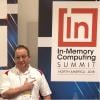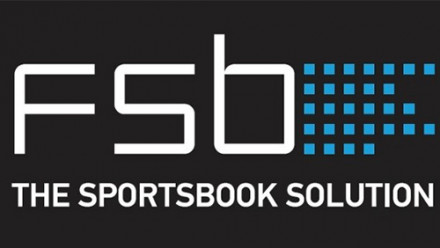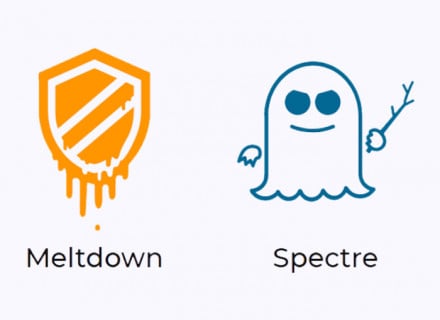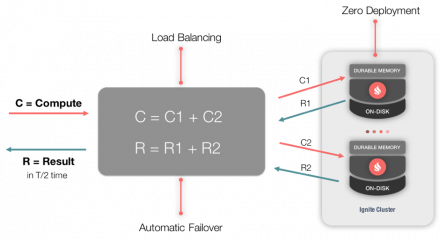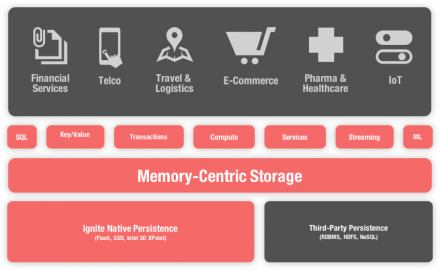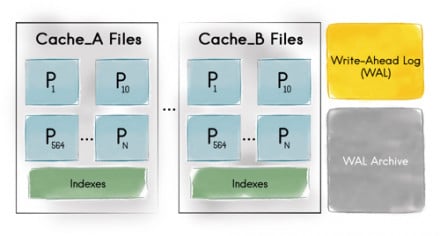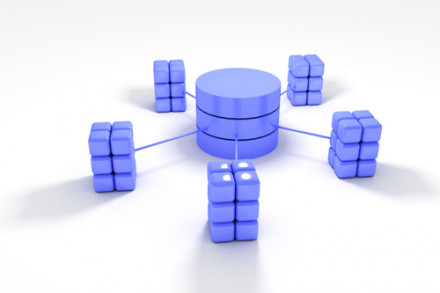The GridGain Systems In-Memory Computing Blog
London-based FSB Technology (UK) Ltd., which provides real-time sports betting platforms as a fully-managed service, is relying on GridGain Enterprise Edition to ensure real-time performance and scalability of their PostgreSQL-based system in the face of rapid growth and extreme processing spikes. The complete case study can be here.
“GridGain has enabled us to provide a high performance, highly…
Somehow, a cache is no longer a cache. Our requirements changed while we were all focused on trying to handle the ever-increasing load -- one application at a time. So what is a cache? Why does it exist? What changed? And why are people replacing Redis? If you’re interested in hearing about it in more detail, watch the Webinar Redis Replaced: Why Companies Now Choose Apache® Ignite™ to…
In the previous article, we reviewed and summarized pitfalls of the query-driven data modeling methodology (a.k.a. denormalized data modeling) utilized in Apache Cassandra. Turns out that the methodology prevents us from developing efficient applications without insight into what our queries will be like. In reality, an application architecture under this scenario will get more…
The world was rocked after the recent disclosure of the Meltdown and Spectre vulnerabilities that literally affect almost all software ever developed. Both issues are related to the way all modern CPUs are designed and this is why they have opened unprecedented security breaches -- making the software, including GridGain, vulnerable to hacker attacks.
The vulnerabilities are registered…
Apache Cassandra has become an incredibly popular database for software architects and engineers. Many of us trust it for our applications’ data and, presently, there are thousands of deployments running this reputable NoSQL database. No doubt, Cassandra totally deserves its glory and reputation. The database simply does what it is expected from it -- unlimited scalability and high-…
Apache Cassandra is one of the leading open-source distributed NoSQL disk databases. It is deployed in mission-critical infrastructures at Netflix, eBay, Expedia and many others. It gained popularity for its speed, the ability to linearly scale to thousands of nodes and offers "best-in-class" replication between different data centers.
Apache Ignite is a memory-centric…
This is the second in a two-part series on the use of Fast Data in Healthcare and how in-memory technologies, such as Apache® Ignite™, can meet the requirements and challenges of the Healthcare industry. Part 1 focused on identifying some of the key challenges in Healthcare. In Part 2, we will discuss a Healthcare case study and learn how Apache Ignite and GridGain solved a customer’s…
This is a two-part series on the use of Fast Data in Healthcare and how in-memory technologies, such as Apache Ignite, can meet the requirements and challenges of the Healthcare industry. In this first part, we will focus on identifying some of the key challenges in Healthcare and in the next part, we will discuss a Healthcare case study and learn how Apache Ignite and GridGain solved a customer’…
Apache Ignite's new native persistence (released in late July with version 2.1) means that the open-source platform is much more than an in-memory data grid: It's a full-fledged distributed, scalable HTAP database with the ability to reliably store raw data that supports SQL, and processes information in real time.
Apache Ignite Persistence
Ignite Persistence is a new…
In last week's post, "Distributed data structures: Part 1 (overview),"I talked about why you need distributed data structures (hereinafter - RSD) and disassembled several options offered by the distributed cache Apache Ignite. Today I want to talk about the details of the implementation of specific RSD, as well as a small educational program on distributed caches. To begin with, at least in the…
